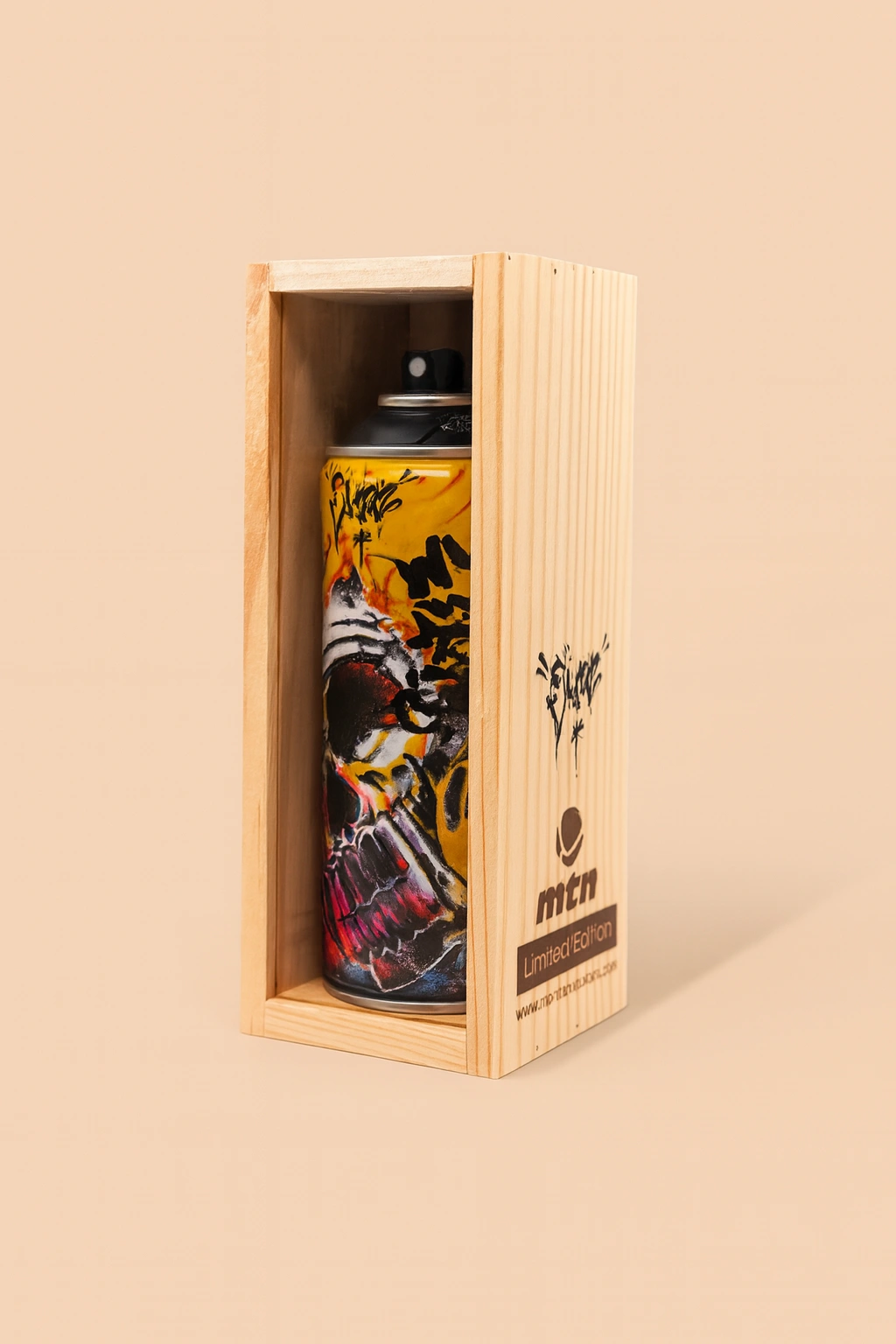Henry Taylor’s work stands at the intersection of personal narrative and political critique. Through his portraits, he captures both the individual and the systemic, offering an unfiltered view of Black life in America. His 2011 painting, Resting, is a striking example of this approach, blending domestic intimacy with a profound commentary on mass incarceration, surveillance, and overcriminalization.
This essay delves into Resting in the broader context of Taylor’s artistic vision, examining its symbolism, its critique of systemic oppression, and its place within the larger discourse on mass incarceration in the United States. By exploring the themes embedded in the painting, we gain a deeper understanding of how Taylor uses his art to amplify marginalized voices and challenge the structures of power that govern Black existence in America.
Henry Taylor’s Art: A Blur Between Personal and Political
Henry Taylor’s work is deeply autobiographical. His portraits are not just artistic renderings; they are stories—of friends, family members, cultural figures, and the communities he observes. Taylor, who worked as a psychiatric technician at Camarillo State Mental Hospital before becoming a full-time artist, has long been interested in the overlooked and marginalized. His subjects often reflect the people he has encountered throughout his life, particularly those affected by systemic injustices.
Taylor’s style is expressive and raw, often rejecting hyperrealism in favor of gestural brushstrokes and bold color choices. This aesthetic choice amplifies the urgency of his work, reinforcing the themes of struggle, resilience, and systemic inequity. His paintings are not passive; they demand engagement.
A Closer Look at Resting (2011): Composition and Symbolism
At first glance, Resting appears to be a quiet domestic scene. Taylor’s niece and nephew sit together on a sofa, their expressions relaxed, perhaps even indifferent. A coffee table in front of them holds a vase of flowers and prison commissary forms. Behind them, a prison looms in the background, disrupting the otherwise ordinary scene.
While the composition is simple, every detail in the painting carries symbolic weight:
The Presence of Prison Commissary Forms
One of the most striking elements in Resting is the prison commissary forms on the table. These forms, used by incarcerated individuals to purchase necessities within the prison system, are a direct reference to mass incarceration. Their inclusion in a domestic setting blurs the boundary between home and prison, emphasizing how the carceral system extends beyond prison walls and into the everyday lives of Black families.
This detail forces the viewer to confront the reach of the prison-industrial complex. For many Black and Brown communities, incarceration is not a distant reality—it is an omnipresent force that shapes daily existence. Taylor’s decision to include these forms in such a mundane setting illustrates how incarceration is normalized, how it becomes woven into the fabric of life for those disproportionately targeted by the justice system.
The California Sweater: A Subtle but Powerful Statement
Taylor’s niece wears a sweater that reads “CALIFORNIA”, a reference to the state’s deep entanglement with mass incarceration. As of 2024, California has the second-largest prison population in the United States, surpassed only by Texas. The state has a long history of tough-on-crime policies, including three-strikes laws that disproportionately impact Black and Latino communities.
By highlighting California’s role in the carceral system, Taylor reminds the viewer that this crisis is not abstract—it is deeply entrenched in specific policies and geographies. The sweater becomes more than just an article of clothing; it becomes a marker of place, history, and systemic oppression.
The Prison in the Background: The Ever-Present Surveillance State
Behind the children, a prison structure looms, dominating the background. Unlike the figures in the foreground, the prison is static, looming, and inescapable. Its presence reinforces a central theme of the painting: the constant specter of incarceration in Black life.
Even within the safety of a home, the prison remains in the periphery—both physically and metaphorically. Taylor visualizes what many sociologists and activists have argued: that for Black Americans, the threat of the carceral system is ever-present. It dictates movement, limits opportunities, and disrupts families.
This element of Resting connects directly to Taylor’s broader concerns about state surveillance and policing. In his own words:
“I might make a composition and decide to put a helicopter in there to remind me that we’re all living in a police state. I live in L.A. You hear police helicopters all the time.”
The prison in Resting functions in the same way as his recurring imagery of helicopters—it is a visual reminder that freedom is conditional, that systemic forces are always watching, always waiting.
Mass Incarceration and the Prison-Industrial Complex
To fully appreciate the political depth of Resting, it is crucial to contextualize it within the larger conversation about mass incarceration in the United States.
The Numbers Tell a Story
The U.S. has the highest incarceration rate in the world, with over 2 million people behind bars. The system disproportionately impacts Black Americans, who make up 13% of the U.S. population but 40% of the incarcerated population. One in three Black men born today can expect to be incarcerated at some point in their lifetime.
The Impression on Families
Mass incarceration is not just about those imprisoned; it is about the families left behind. The presence of prison commissary forms in Resting speaks to this reality—loved ones must financially support those behind bars, sending money for basic needs like toothpaste and food. Children of incarcerated parents suffer long-term emotional and economic consequences, often struggling with instability and stigma.
Taylor’s painting makes this reality visible. The children in Resting sit before a prison they did not choose, yet it shapes their world nonetheless. They are not physically incarcerated, yet they are tethered to the system.
The Role of Art in Challenging the Carceral State
Taylor is not alone in using art to critique the prison-industrial complex. Many contemporary artists, including Mark Bradford, Titus Kaphar, and Dread Scott, have explored similar themes, using their work to expose the violence of the carceral state and demand alternatives to punitive justice.
Art as a Form of Resistance
Visual art plays a crucial role in resisting state violence. Unlike policy reports or legal documents, paintings like Resting communicate on a deeply emotional level. They invite viewers to see and feel the realities of mass incarceration, to witness the human toll of systemic oppression.
Taylor’s work reminds us that mass incarceration is not just about statistics—it is about people. It is about children growing up under the shadow of a prison. It is about families being torn apart. It is about the psychological weight of living in a society that views Black existence as criminal.
The Urgency of Taylor’s Vision
Henry Taylor’s Resting is a powerful indictment of mass incarceration, overcriminalization, and the racialized surveillance state. Through a deceptively simple domestic scene, Taylor weaves together themes of family, systemic violence, and the inescapability of the prison-industrial complex.
The painting asks us to look closely, to recognize how incarceration affects not just the imprisoned but the generations left behind. It demands that we confront the normalization of state violence and imagine a world where children can sit on a sofa without a prison looming behind them.
As mass incarceration continues to devastate communities, art like Taylor’s remains essential. It keeps the conversation alive, forces us to see the unseen, and challenges us to rethink justice. Through Resting, Taylor does not just depict a reality—he compels us to change it.
No comments yet.








